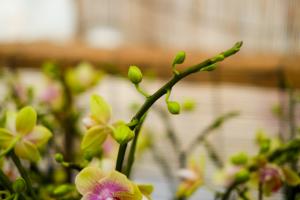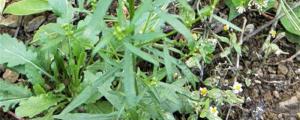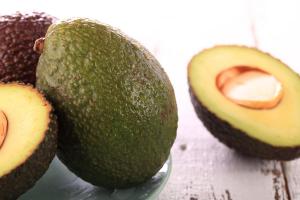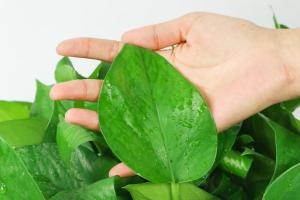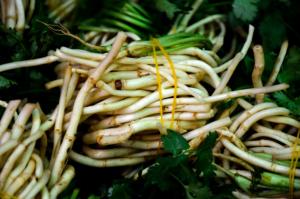Are Trees and Plants Biotic?
When it comes to classifying living organisms, one of the key distinctions is between biotic and abiotic factors. Biotic factors refer to living organisms that interact with each other and with their environment, while abiotic factors refer to non-living components such as rocks and water. But where do trees and plants fit into this classification? Are they considered biotic or abiotic? This article delves into the topic to provide a clearer understanding of the nature of trees and plants.
What are Trees and Plants?
Trees and plants are multicellular organisms that belong to the kingdom Plantae. They are characterized by their ability to produce their own food through photosynthesis - a process where they use sunlight, water, and carbon dioxide to produce glucose and oxygen. Trees and plants come in a variety of shapes and sizes, and they are found in almost every environment on earth, from deserts to rainforests to the tundra.
Are Trees and Plants Biotic?
Now, the question remains: are trees and plants considered biotic or abiotic factors? The answer is clear: trees and plants are biotic factors. They are living organisms that interact with their surroundings and with other living organisms. They need nutrients, water, and sunlight in order to survive and reproduce, and they participate in a variety of ecological relationships with other organisms, such as pollinators, herbivores, and decomposers.
The Role of Trees and Plants in Ecosystems
Trees and plants play a crucial role in ecosystems all over the world. They provide food and shelter for animals, they help regulate the earth's climate by absorbing carbon dioxide and releasing oxygen, and they help prevent soil erosion by stabilizing the ground with their roots. Trees and plants also contribute to the water cycle by absorbing and releasing water vapor into the atmosphere. Without trees and plants, many ecosystems would be unable to function properly, and the planet as a whole would be vastly different.
Human Impact on Trees and Plants
Despite the important role that trees and plants play in our ecosystems, human activity has had a significant impact on their populations. Deforestation, pollution, and the use of pesticides and other harmful chemicals have all contributed to the decline of many tree and plant species. Climate change is also putting pressure on trees and plants, as rising temperatures and changing precipitation patterns alter ecosystems and make it difficult for many species to adapt to new conditions.
Conclusion
In conclusion, trees and plants are most definitely biotic factors. They are living organisms that interact with the environment and with other organisms. Trees and plants play a crucial role in ecosystems all over the world, and without them, many ecosystems would be unable to function properly. However, human impact on trees and plants has had a significant negative impact on their populations, and urgent action is needed to protect and restore these crucial components of our planet's biodiversity.

 how many times do yo...
how many times do yo... how many planted tre...
how many planted tre... how many pine trees ...
how many pine trees ... how many pecan trees...
how many pecan trees... how many plants comp...
how many plants comp... how many plants can ...
how many plants can ... how many plants and ...
how many plants and ... how many pepper plan...
how many pepper plan...